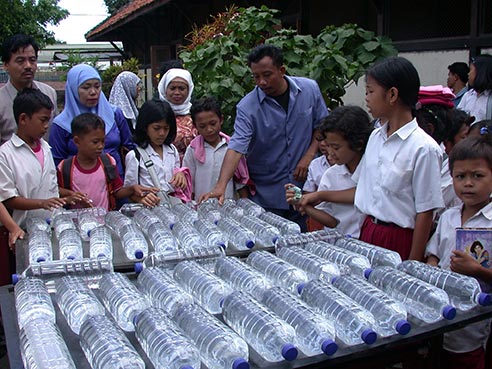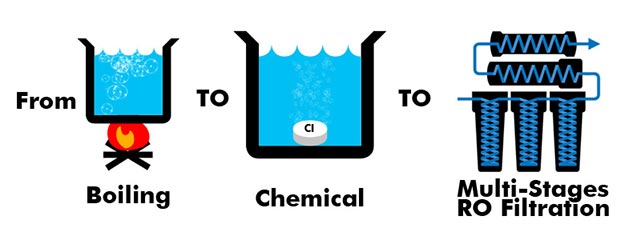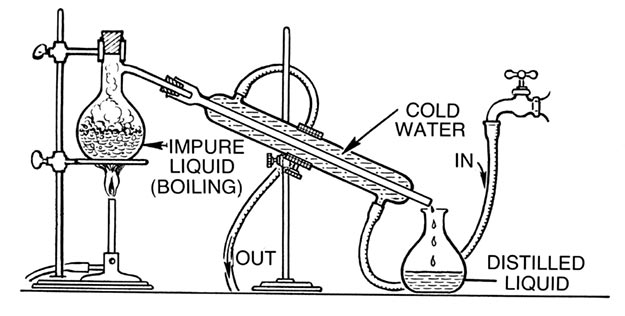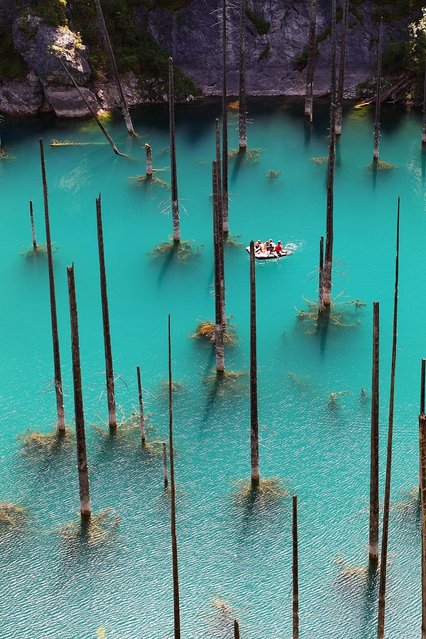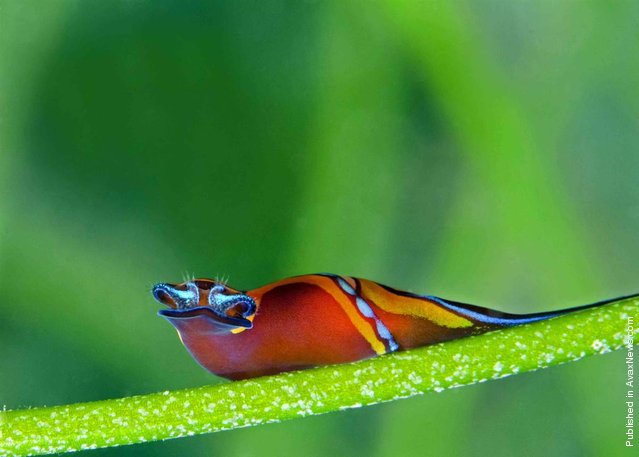There are two major factors involved when comparing prices among the three modes of water purification. First, one must consider the energy needed to clean and filter water. Reverse osmosis, with its dependence upon high pressure to subvert the normal flow of water, requires an energy source and is fairly costly. Distillation, with its dependence upon heat to vaporize ground and surface water, also requires an energy source.
Though solar power remains an option for the required heat of distillation, it is still fairly inefficient and impractical. Carbon and multimedia water filters, whether installed at the point of water’s entry in a house or at a tap, do not require any added energy source. Water flows just as it normally would; it is merely diverted through the filter. The higher electricity costs of reverse osmosis and distillation systems double the total cost of the purified water product which carbon and multimedia filters produce. Read more







